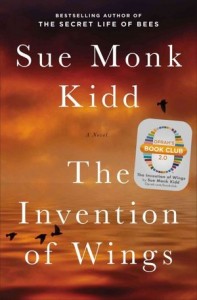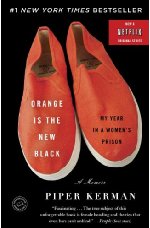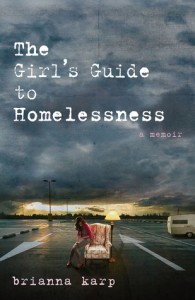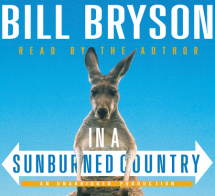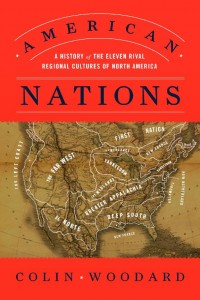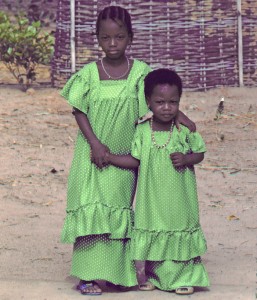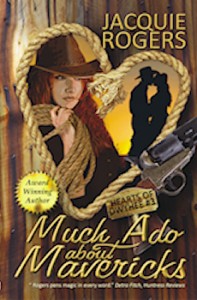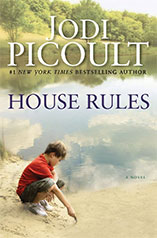 Stephen King nailed it when he said, “Picoult writes with unassuming brilliance.” Jodi Picoult, author of House Rules, has written a splendid novel, a truly memorable account about the complexity of human relationships.
Stephen King nailed it when he said, “Picoult writes with unassuming brilliance.” Jodi Picoult, author of House Rules, has written a splendid novel, a truly memorable account about the complexity of human relationships.
Jacob is eighteen and suffers with Asperger’s syndrome, the highest functioning form of autism. His life is driven by routine–foods of a certain color must be served on scheduled days. No matter what else is going on, it is imperative that he watch reruns of a favorite daily police drama while making meticulous notes in his journals. All changes of routine must be planned well in advance. Jacob has a strong and highly informed fascination with forensic science. He’s even surprised the local police with a correct analysis of a puzzling crime scene. Although brilliant, Jacob lacks social skills, has no friends, is brutally honest, and struggles to understand slang or sarcasm. Although he has a good vocabulary, his voice is a monotone and he finds it difficult to look someone in the eye. When worried, Jacob displays tics and twitches.
Emma, Jacob’s mother, a single parent since her husband walked out on the family when Jacob was diagnosed, has devoted her life to making life easier for Jacob. Her life evolves around this son who can’t fit into the world. When a routine is broken and Jacob goes into a meltdown, she’s the one who physically calms her son, sometimes by lying on top of him. Emma has seen to it that Jacob attend high school, one that has special needs facilities. She has no social life–all her energy is aimed at helping Jacob fit into a sometimes unfriendly world.
When Jacob’s social skills tutor is found dead, the evidence points to Jacob. He is arrested, jailed and must stand trial to prove his innocence.
Other characters play important parts in this fascinating drama. At 15,Theo, Jacob’s younger brother, fights to be a normal teen. But how is that possible when he’s embarrassed to bring friends home?
Oliver, Jacob’s young, brand-new attorney, is suddenly confronted with a case for which he is professionally unprepared, but is compelled to accept.
Rich, the arresting officer, is tough but compassionate. He sees this case as unusual, but facts and evidence cannot be refuted.
Put this all together and you have a rich masterpiece, a book you won’t forget. House Rules is not only a fascinating and enjoyable read, it gives readers insight into autism, and Asperger’s in particular. This is a magnificent novel and one I highly recommend.


